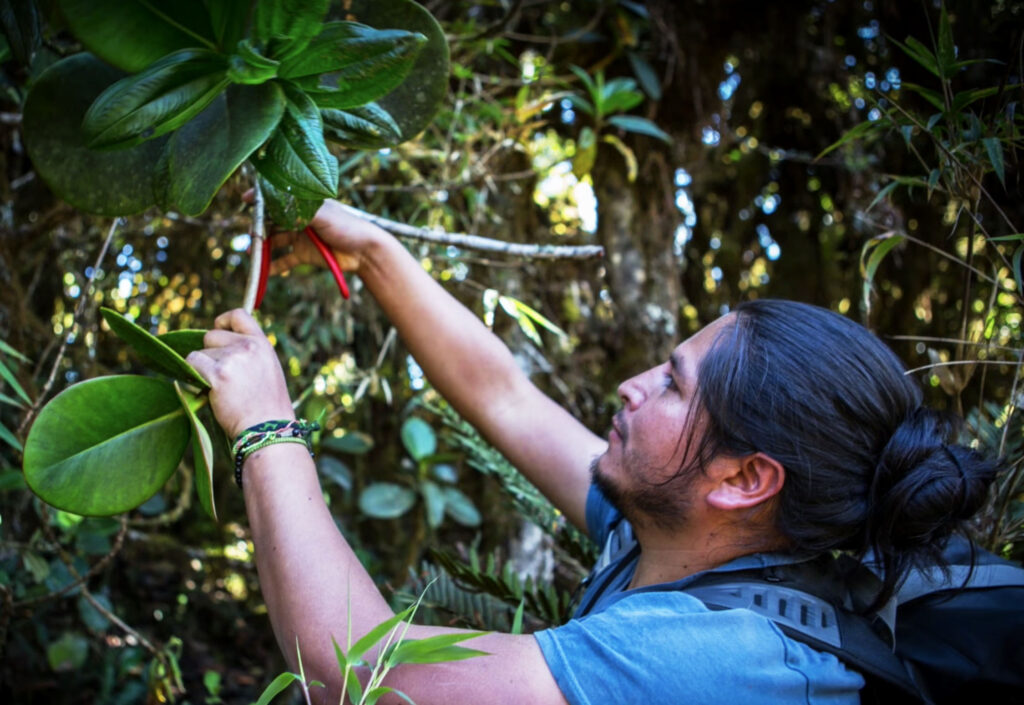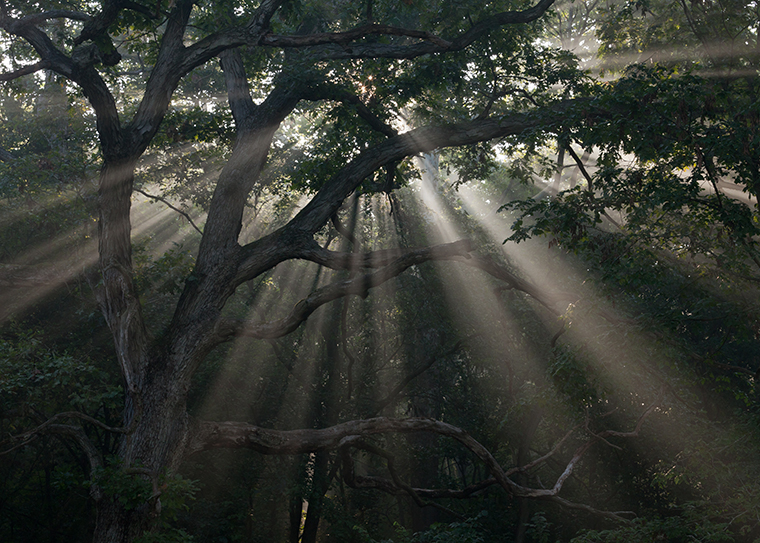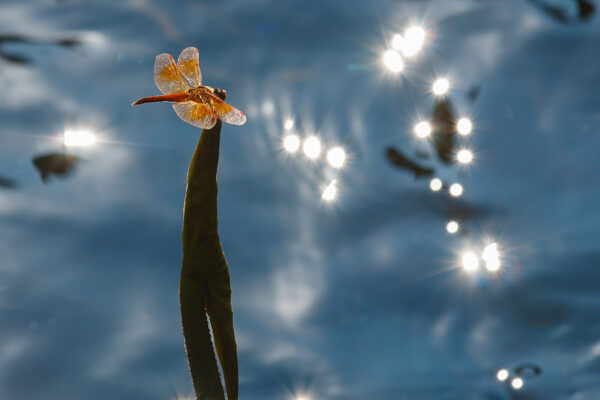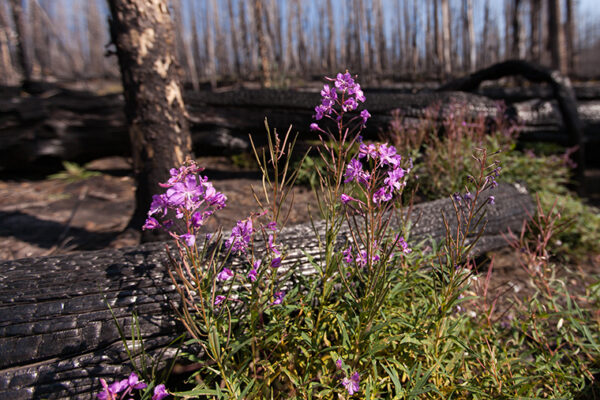As trees age and grow, it seems logical to assume their ability to produce seeds, nuts or fruits will continue to grow, too, but a new study of nearly 600 species worldwide nips that assumption in the bud.
Jonathan Myers, associate professor of biology in Arts & Sciences, and William Farfan-Rios, a postdoctoral research fellow of the Living Earth Collaborative, both at Washington University in St. Louis, are co-authors of the new study led by Duke University, published this week in the Proceedings of the National Academy of Sciences (PNAS).

In about 80% of the species examined as part of the study, trees’ fecundity, or physical potential to reproduce, peaked or plateaued as they reached an intermediate size. After that, it declined.
The new study synthesized data on seed production and maturation status for 585,670 individual trees from 597 species monitored through the Masting Inference and Forecasting (MASTIF) network of long-term research sites.
The network’s global database contains detailed records, often stretching back many decades, on the annual seed production of trees growing at more than 500 different sites in North America, South America, Asia, Europe and Africa.
Read more from Duke University.




Comments and respectful dialogue are encouraged, but content will be moderated. Please, no personal attacks, obscenity or profanity, selling of commercial products, or endorsements of political candidates or positions. We reserve the right to remove any inappropriate comments. We also cannot address individual medical concerns or provide medical advice in this forum.